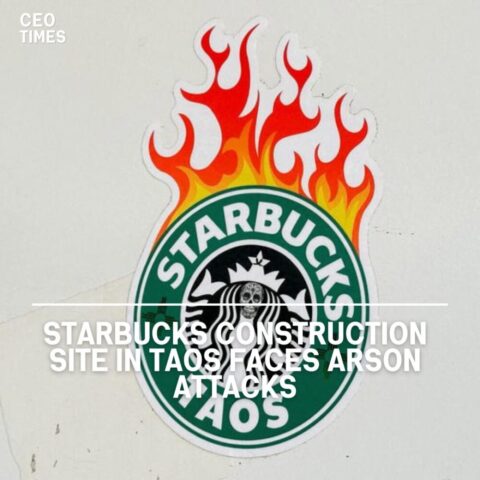Oil prices surged 1.5% in the first session of the New Year, driven by concerns over potential supply disruptions in the Middle East following a naval clash in the Red Sea. The clash raised worries about broader regional tensions impacting oil transportation routes.
Brent Crude and WTI Prices:
Brent crude rose by $1.20, or 1.5%, to $78.24 a barrel, while U.S. West Texas Intermediate (WTI) crude increased by $1, or 1.4%, reaching $72.66 a barrel. These price hikes reflect market concerns about potential supply constraints.
Economists and analysts surveyed by Reuters predict that Brent crude will average $82.56 a barrel in 2024, slightly higher than the 2023 average of $82.17. While weak global growth might limit demand, geopolitical tensions are anticipated to support oil prices.
Impact of Red Sea Naval Conflict and China’s Holiday Season:
The clash in the Red Sea between U.S. helicopters and Iran-backed Houthi militants, resulting in the sinking of three Houthi ships and casualties, has raised concerns about a potential widening of regional conflict.
Meanwhile, analysts foresee increased oil demand during China’s Spring Festival, scheduled for early February, contributing to a potential price rebound.
Potential Disruption in Oil Transportation:
The possibility of a wider conflict affecting critical oil transportation routes like the Red Sea and the Straits of Hormuz in the Gulf has led several tankers carrying diesel and jet fuel to reroute around Africa to avoid the Red Sea. Iranian reports indicated the presence of an Iranian warship in the Red Sea following the naval battle.




















